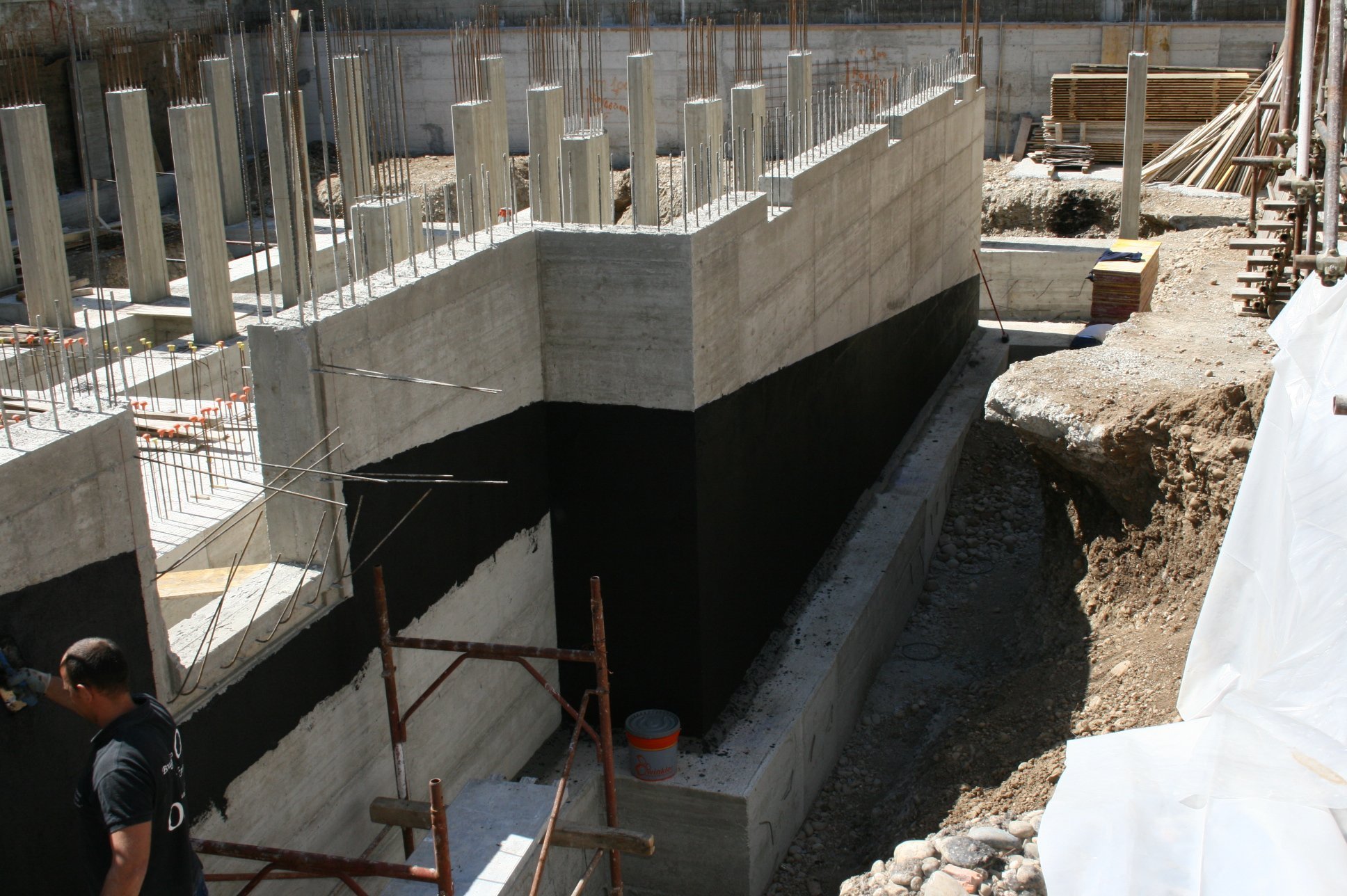Water proofing is a crucial aspect of home maintenance that often gets overlooked. Many property owners fail to realize the importance of keeping their houses safe from moisture damage, which can lead to pricy repairs and long-term physical issues. Understanding why waterproofing is necessary for all home and building is the first step towards ensuring a protected and dry environment for your loved ones. With the potential to save lots in repairs, the benefits of waterproofing far outweigh the upfront investment.
In this ultimate guide to waterproofing, we will discuss everything you need to know about shielding your house from water damage. Whether you're dealing with a dripping basement, a vulnerable roof, or humidity-prone areas like restrooms and kitchens, our checklist will provide you with the knowledge you need to take action. From disproving common waterproofing myths to recognizing the signs that your property needs attention, we have you included. Let's plunge into the essential strategies for waterproofing effectiveness and make your home a fortress against moisture.
Understanding the Importance of Waterproofing
Waterproofing is an essential aspect of property and construction maintenance that often goes disregarded. Without adequate waterproofing, a building is susceptible to water damage, which can lead to construction problems, fungal growth, and financial burdens. By applying waterproofing methods, residential caretakers can safeguard their properties and improve the overall resilience of their properties.

One of the key reasons waterproofing is vital is the avoiding of water intrusion. Whether You can find out more 's through the footing, roof, or partitions, water can seep into a property, causing harm that may not be immediately visible. By addressing these potential access areas, property owners can avoid major financial burdens related to restorations and upgrades in the long run. Not only does waterproofing guard against existing dangers, but it also serves as a preventative measure against future risks.
Moreover, effective waterproofing adds to thermal efficiency in properties. When moisture is controlled, the risk of energy loss due to dampness is minimized, resulting in lower climate control expenses. Putting money into waterproofing not only defends your property but also offers monetary gains through prospective discounts, making it an essential consideration for any homeowner.
Vital Waterproofing Techniques and Solutions
Successful waterproofing commences with a thorough assessment of your premises to spot susceptible areas. For cellars, applying waterproof coatings and membranes on walls and floors can halt moisture infiltration. Interior solutions such as drainage systems and sump pumps assist manage water intrusion by redirecting it away from critical areas. Additionally, ensuring that gutters and downspouts are working well can lessen water accumulation near your foundation.
When addressing with roofs, picking the suitable waterproofing materials is important. Liquid waterproofing membranes are popular for flat roofs, as they provide a uninterrupted barrier against leaks. For angled roofs, selecting quality waterproofing coatings can safeguard against extreme weather and increase the durability of roofing materials. Regular maintenance is vital, including inspecting for cracks and making sure seals around vents and chimneys are secure.
Finally, waterproofing outdoor structures such as decks and patios requires specific techniques to improve durability. Utilizing sealants designed for exterior surfaces can prevent water damage and improve longevity. For balconies and terraces, proper drainage systems are crucial to stop water pooling and following structural issues. By implementing these techniques, homeowners can ensure comprehensive protection from liquid problems.
Creating Educated Decisions: DIY vs. Expert Moisture Protection
As you are evaluating between the options of DIY and professional waterproofing, it is crucial to evaluate your capabilities, the complexity of the project, and the possible risks involved. DIY waterproofing can be inviting due to the lower costs and the sense of achievement of finishing a home improvement project. However, many homeowners misjudge the technicalities involved in effectively waterproofing areas like basements or roofing. Errors committed during a DIY project can lead to greater issues down the line, which could costing more in repairs than if a qualified expert was employed from the beginning.
Alternatively, hiring a skilled waterproofing contractor ensures that the job is done properly and effectively. Professionals bring expertise, specialized tools, and access to high-quality materials that the average homeowner may not have. In addition, they can identify hidden issues that may not be immediately apparent to an inexperienced eye. https://diigo.com/0yy5cj of attention to detail can save homeowners time and money over the long term by averting problems such as mold growth, structural damage, and possible health hazards from leakage.
In conclusion, the choice between DIY and professional waterproofing should hinge on your level of comfort with home improvement projects, the particular requirements of the waterproofing task at hand, and your budget. If the project is simple and you have the required skills, DIY may be the way to go. However, for trickier challenges or if you are in doubt, investing in expert services is often the smarter choice, providing assurance and durable results.
